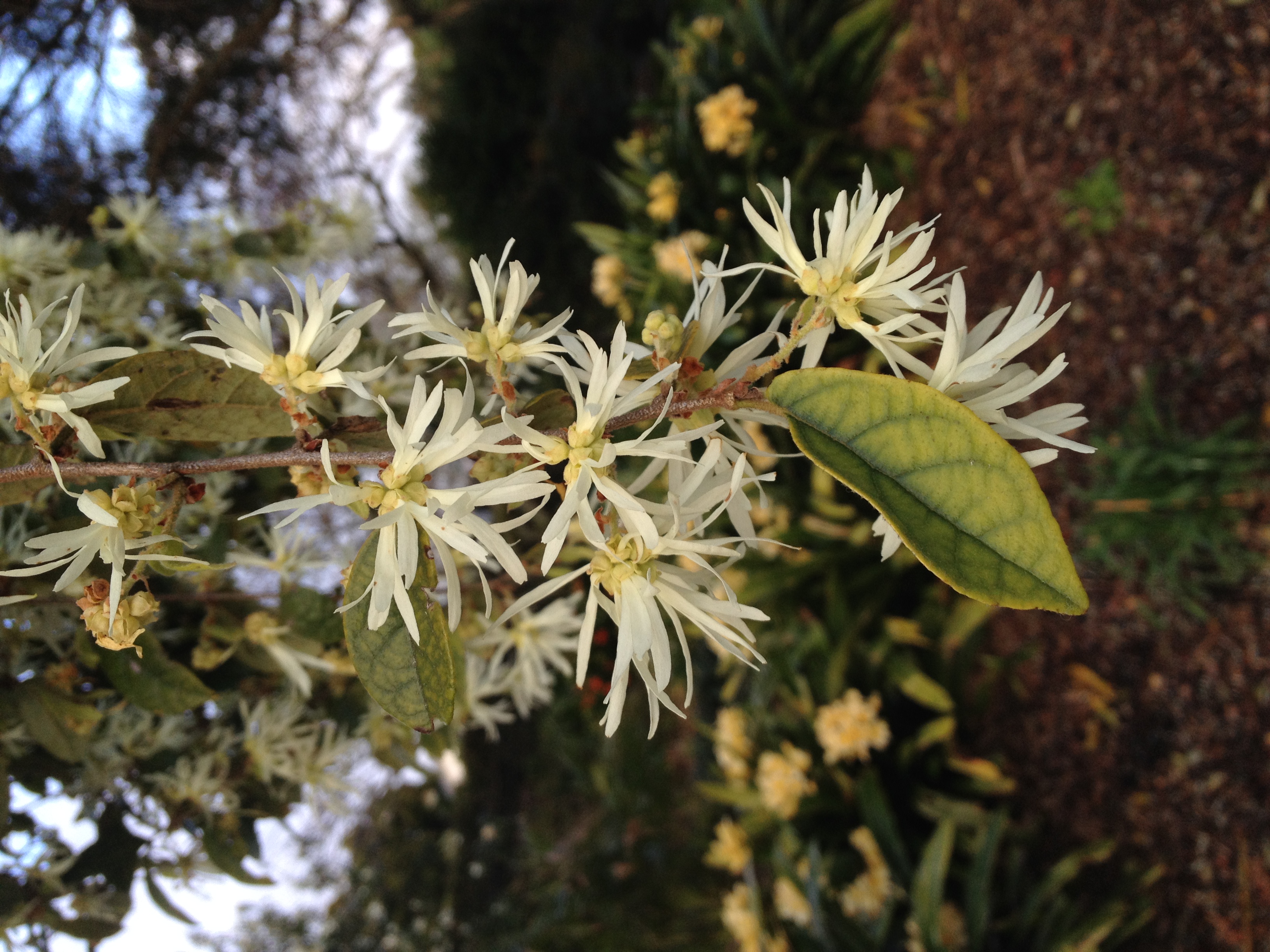Physical characteristics
A compact
Flowers and foliage
Clusters of
Preferred site
Prefers well-drained, rich, acidic soil, in
Preparation for planting
Always choose healthy well-grown
Maintenance tips
Mulch around the planting site to conserve soil moisture. Organic material such as sawdust and bark contribute to soil structure as they decompose and help suppress weeds however keep the mulch from the plant stem. Prune lightly after flowering to promote growth during the next season and to maintain a compact habit. The root-ball sometimes dries out despite the surrounding soil being moist; direct water down the plant stem to saturate the root-ball. The first summer and autumn after planting is critical for young
Location at Auckland Botanic Gardens
Camellia Garden
Interesting facts and tips
This plant inhabits forests and open spaces on hillsides between 3200 and 4000 feet in elevation throughout much of China, east to the Himalayas, of northeastern India and in Japan. The name for the genus comes from the Greek words 'loron' meaning "a strap" and 'petalon' meaning "a petal" in reference to the narrow flower petals.




.jpg?width=1200&height=1200&v=1d4024dceb89e50)

.jpg?width=1200&height=1200&v=1d5569224d63650)
 .jpg?width=1200&height=1200&v=1d4024df6ce2770)
.jpg?width=1200&height=1200&v=1d55676a892f2b0)
 .jpg?width=1200&height=1200&v=1d4024e3b65f7f0)